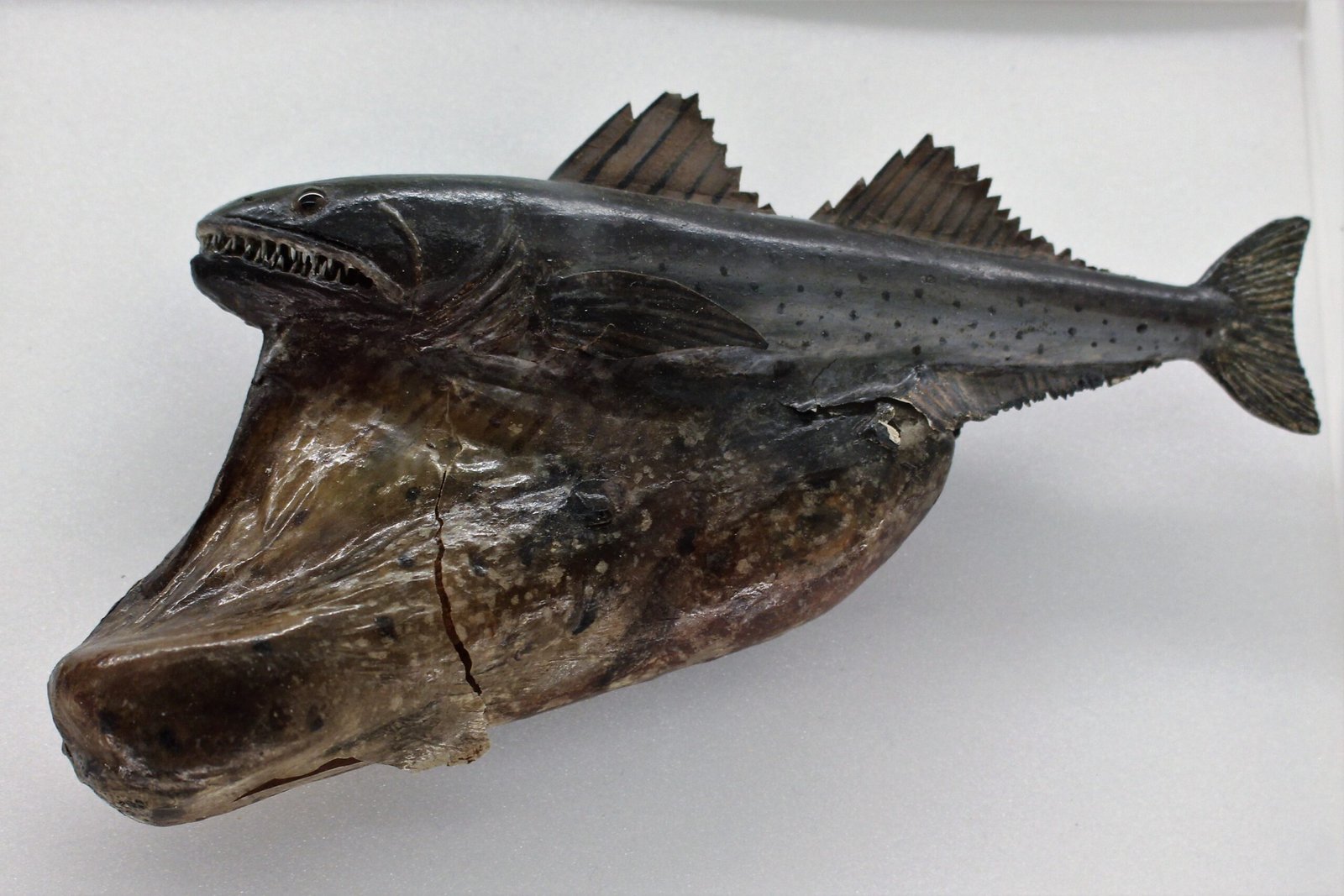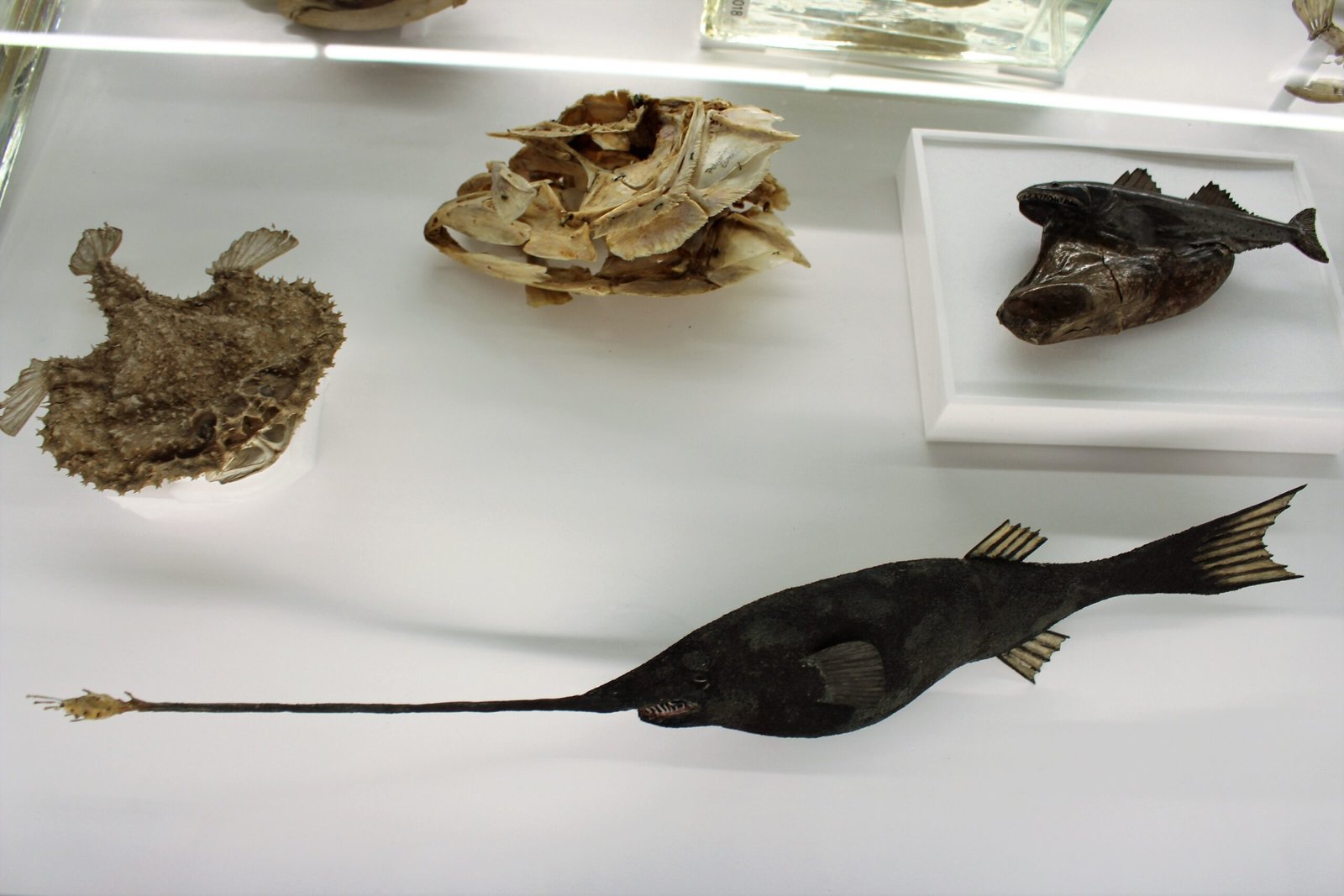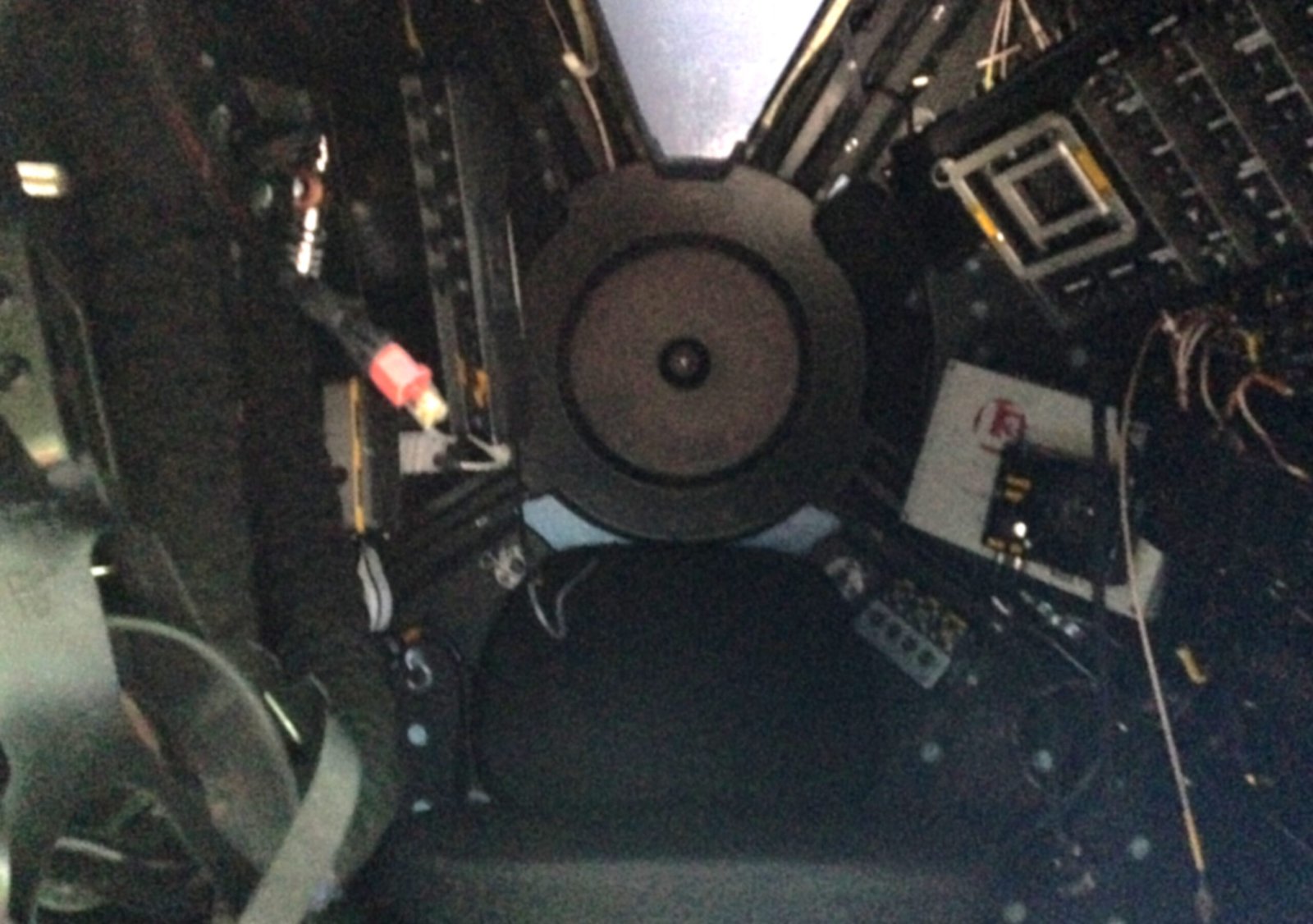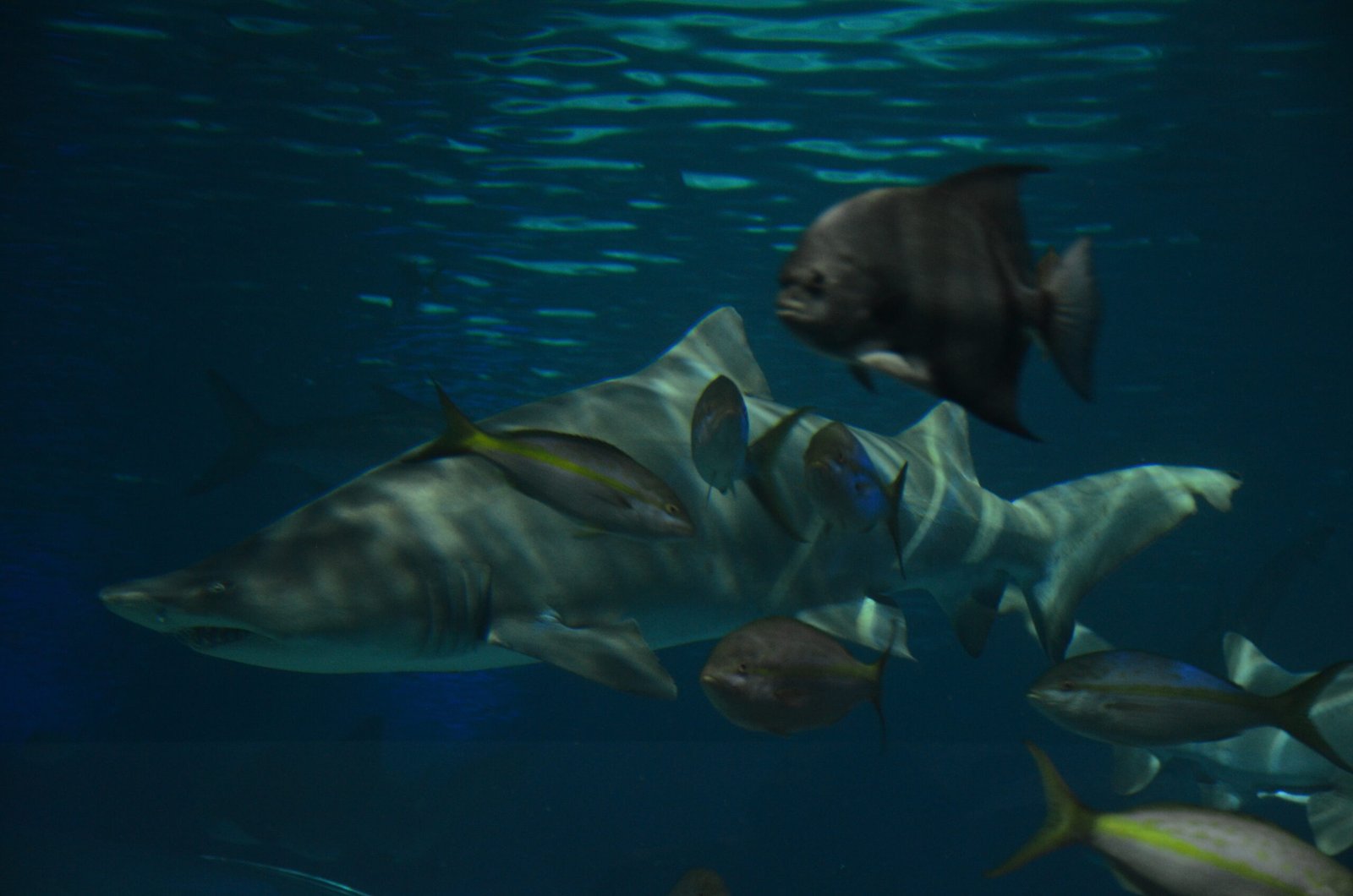Imagine being able to eat something twice your size in a single bite—no chewing, no slicing, just one mind-boggling gulp. In the mysterious depths of the world’s oceans and rivers, this isn’t science fiction or the stuff of myth. It’s reality for a handful of extraordinary fish that routinely defy the limits of what seems possible. For centuries, stories of fish swallowing prey bigger than themselves have both shocked and fascinated sailors, scientists, and storytellers. But what’s the secret behind this jaw-dropping ability? Prepare to dive deep into the science, wonder, and sheer audacity of nature’s most voracious gulpers.
The Astonishing World of Super-Gulpers
Few creatures capture the imagination quite like the fish that can swallow prey larger than their own bodies. This incredible feat is not only bizarre—it’s a testament to the wild extremes of evolution. While most predators choose meals that fit comfortably in their mouths, these “super-gulpers” take risks that seem impossible. Their success is written in their anatomy: stretchy jaws, expandable stomachs, and a fearless appetite for the improbable. Witnessing this phenomenon in action is both shocking and oddly inspiring. It challenges our basic ideas about what’s possible in nature. For the fish that live by the gulp, every meal is a high-stakes adventure.
Meet the Black Swallower: The Real-Life Monster

Perhaps the most famous of all is the black swallower (Chiasmodon niger), a deep-sea fish with a terrifying reputation. This humble-looking creature, just a few inches long, can devour prey over twice its own length and many times its own weight. Scientists have pulled black swallowers from the depths with their bellies grotesquely stretched, sometimes so distended that the prey inside is still perfectly intact. The black swallower’s jaw unhinges like a trapdoor, and its stomach stretches like a balloon, allowing it to engulf fish that, by all logic, shouldn’t fit. This ability lets it survive in the deep ocean, where meals are rare and unpredictable.
The Gulper Eel: A Mouth Made for Mayhem
Another marvel from the ocean’s twilight zone is the gulper eel, also known as the pelican eel (Eurypharynx pelecanoides). With a mouth that can open wider than its own body, the gulper eel looks like something dreamed up in a fever. Its jaws are like a dark sack, able to gulp down fish, squid, and even crustaceans unfortunate enough to cross its path. When food drifts by, the gulper eel opens wide and simply engulfs it—no need for a chase or a fight. Its stomach expands to accommodate the meal, no matter how oddly shaped or oversized. In the blackness of the deep sea, this strategy is the difference between hunger and survival.
Nature’s Stretchy Secrets: How Do They Do It?

The secret behind these fish isn’t just bravado—it’s biology. Their jaws are not fused like those of most animals but are instead connected by stretchy ligaments, allowing them to open impossibly wide. Their skull bones are loosely attached, and the skin around their heads and throats is thin and flexible. Most astonishing is their stomach, which can balloon out like a rubber glove. These adaptations mean that when prey is scarce, a fish can risk eating the biggest catch it can find, betting everything on a single, massive meal. It’s a risky gamble, but one that pays off in the harsh, unpredictable world beneath the waves.
Risks of the One-Gulp Lifestyle

Swallowing prey larger than yourself isn’t without danger. For the black swallower, overeating can be fatal. There are documented cases where the prey inside a black swallower began to rot before it could be digested, releasing gases that made the fish float helplessly to the surface—a death sentence in the open ocean. Sometimes, the prey is so large that it ruptures the stomach or even bursts through the body wall. This lifestyle is a high-wire act, balancing hunger against the ever-present risk of disaster.
Other Jaw-Dropping Gulpers in the Animal Kingdom
The black swallower and gulper eel aren’t alone in their strange dining habits. The giant snakehead fish in Southeast Asia and the African tigerfish are notorious for swallowing prey that stretches the limits of their anatomy. Even some freshwater fish, like the arowana and certain catfish, have been seen gulping down surprisingly large meals. Each of these species has evolved its own tricks—elastic jaws, expandable throats, and lightning-fast reflexes—to make the impossible possible. This behavior isn’t just a marine oddity; it’s a recurring theme in the story of evolution.
Why Swallowing Big Prey Is Worth the Risk
For these fish, the ability to swallow large prey is about survival in a world where food is unpredictable and competition is fierce. In the deep sea, where meals are few and far between, a single massive catch can mean the difference between life and death. Even in rivers and lakes, being able to gulp down a big meal lets these fish grow faster, outcompete rivals, and reproduce more successfully. It’s a dangerous strategy, but one that pays off for the bold and the lucky.
Jaw Mechanics: A Marvel of Evolution
What makes this super-gulping possible is a set of evolutionary innovations that seem almost magical. The bones in the jaws and skull are hinged and mobile, allowing the mouth to swing open like a trapdoor. Muscles and tendons stretch and contract, guiding the prey deep into the gullet. Some species even have teeth that point backward, helping drag prey down the throat. These adaptations didn’t happen overnight—they are the result of millions of years of trial and error, sculpted by the relentless pressures of natural selection.
How Scientists Unravel the Mystery

Studying these gulpers is no easy task. Many of them live at crushing depths, far beyond the reach of sunlight. Scientists use deep-sea submersibles, remotely operated vehicles, and even chance catches in fishermen’s nets to learn more about these creatures. Modern imaging techniques, like CT scans and high-speed cameras, allow researchers to observe the swallowing process in incredible detail. Each new discovery reveals another layer of complexity, showing just how ingenious nature can be.
The Fascination with Super-Gulpers in Popular Culture
Stories about fish that swallow prey larger than themselves have fired up human imagination for centuries. Ancient sailors spoke of sea monsters with insatiable appetites, and even today, these real-life gulpers inspire everything from horror movies to children’s books. There’s something both terrifying and awe-inspiring about the idea of a creature that can devour the impossible. It’s a vivid reminder that the natural world still holds mysteries capable of shocking and delighting us in equal measure.
What These Gulpers Teach Us About Adaptation

The fish that swallow prey larger than themselves are not just curiosities—they are powerful examples of adaptation in action. They show us how life finds a way to thrive even under the harshest conditions. Their story is one of risk, reward, and relentless innovation. It’s a testament to the power of evolution to push the boundaries of the possible, forcing us to rethink what animals—and by extension, we—are truly capable of.
Final Reflections on Nature’s Gulpers

The fish that gulp down prey larger than themselves are living proof that nature is stranger and more daring than fiction. Their remarkable abilities remind us that the world beneath the waves is full of surprises, waiting for those bold enough to look. Next time you stand by the ocean or peer into a river, consider what wild wonders might be lurking just out of sight, ready to rewrite the rules of what’s possible.



